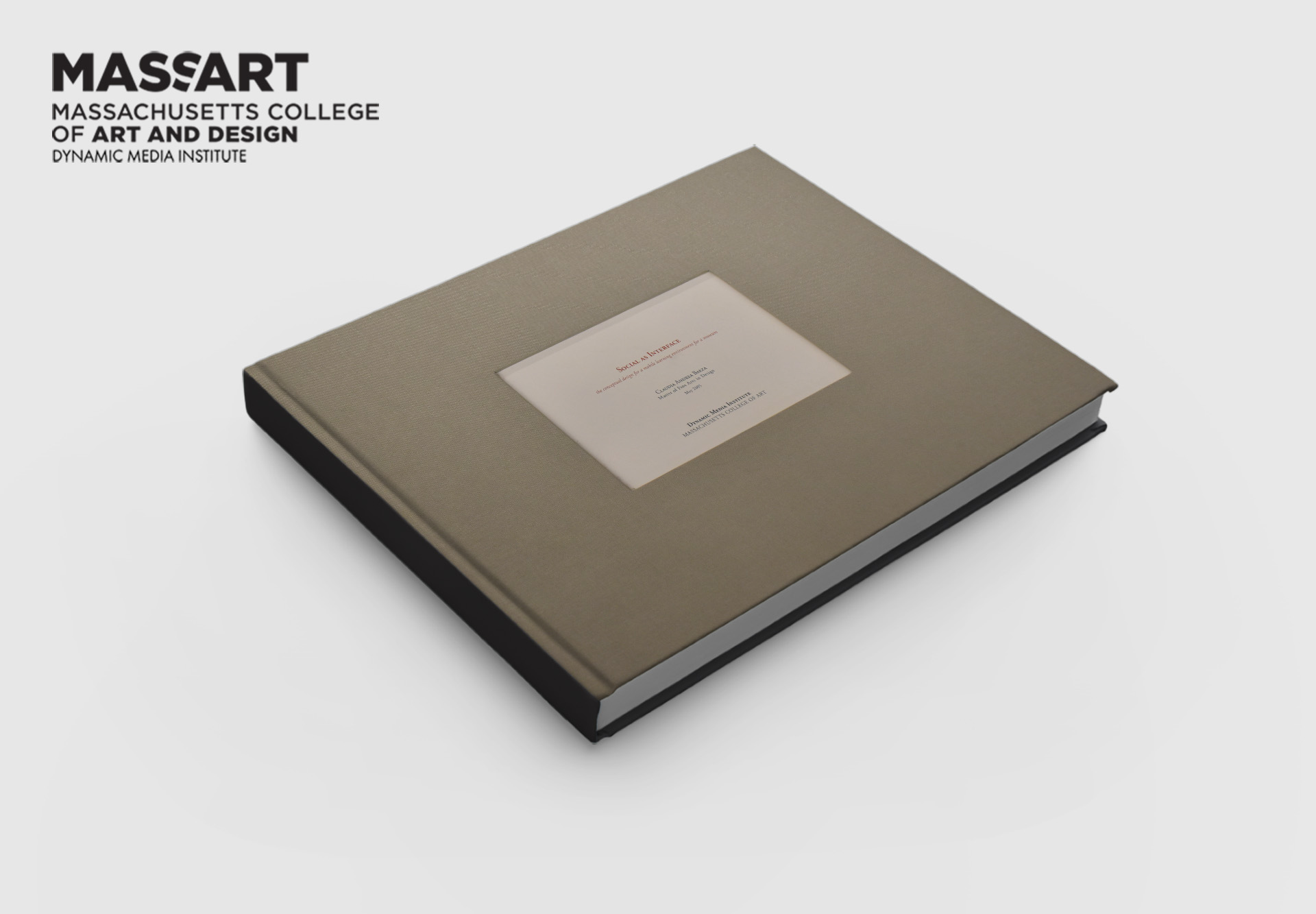Claudia Baeza, MFA ’
thesis abstract
This thesis explores how handheld mobile devices expand and augment the informal learning opportunities present inside museum spaces. By using constructivist-learning pedagogy as the guiding principle for fostering high level thinking dispositions, my work brings together characteristics of museum environments, wireless technology and learning theory to create user centered learning tools, which are participatory, experiential and interactive.
Bird’s Eye View of My Research
My research explores how the world of learning, mobility, handheld technology and museum learning intersect. Later, I will explain how prior knowledge enables learners to give meaning to personal experiences enabling reformulation and reorganization of newly acquired information. Current learning theories based on constructivist learning pedagogy form the foundation upon which my conceptual prototype for mobile learning is based. Three primary foci are the foundation for high level learning faculties inside the museum space: First, collaboration and participation; second, experience; and third, social interaction.
Each of these elements will be further analyzed in the context of user scenarios, prototypes, and interface in my research. The goal is to develop learning tools for children in middle school, during a visit to the Museum of Fine Arts (MFA) in Boston. Further, my explorations will focus exclusively on the Egyptian galleries at the MFA in order to use specifically designed curriculum developed by the MFA educational staff.
This evaluation will take issues of space, object, architectural location, and audience as well as the appropriate means of mediating the museum experience via a handheld mobile device into account. My overriding objective is to develop technologically mediated experience, which is integral, both architecturally and conceptually, to the exhibition narrative in an age appropriate manner for school age children. Later, I will discuss museum technology and the advent of wireless and digital multimedia technology, including a brief history of museum technology, and handheld technology more specifically by looking into recent pilot programs around the world. The core of my thinking lies in making connections between the fundamental allowances in mobile technology and the convergence of constructivist learning pedagogy. I will show how technology and theory merge making mobile technology ideally positioned for optimal learning opportunities inside the museum. Further, the unique characteristics of museum environments such as mobility, physical space, and thinking dispositions are also well positioned to take full advance of mobile technology’s affordances.
Download “Social as Interface: The Conceptual Design for a Mobile Learning Environment for a Museum” (PDF, 2 MB).


